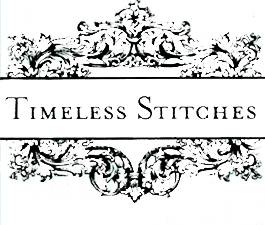Basic Underpinnings
Underpinnings: A fancy period name for the undergarments of the Era. A proper lady of 1862 would wear more underneath her dress than most women of the 2000’s wear even on the coldest days. Underpinnings served many purposes. Not only did they help to achieve the look of the period, but they protected the clothing from body oils and odors. With the difficulty of laundering and the non-existence of dry-cleaning, clothing had to be protected more from the human body on the inside than the spills and stains that could occur on the outside. As heavy coats were not common, many women wore extra layers under their dresses or made their underpinnings out of flannel or wool in the cooler weather, to help keep them warm. With the size of the hoops skirts, drawers were worn for modesty. To be historically correct your underpinnings should be made of 100% cotton. Almost all underpinnings were white, although there are references to colored petticoats.
All our underpinnings are made with 100% white cotton and trimmed with 100% cotton eyelet.
From the Inside Out

Women wore approximately 7 layers of clothing under their clothing every day.
The first layer is drawers or pantalettes. These were usually made of cotton and served as a modesty item. During the period they were basically two legs attached to a waistband so the crotch area is open from front to back.
The second layer is your chemise. The chemise is worn next to the body and protects your corset and other garments from your body oils and perspiration and from your corset pinching you.
The third layer is your foundation garment. Whether you choose a corset or working stays this layer was important for the period look. It also helped to support your back and carry the weight of your other clothing.
The fourth layer is a corset cover or camisole as the more modern term. This was meant to protect your corset from your other clothing and the other layers from rubbing on your corset.
The fifth layer is your under petticoat or modesty slip. This served several purposes. When wore under a hoop it provided a layer of modesty if the hoop was to flip and reveal more than the wearer wished. . When made with quilting or flannel these provided additional warmth.
The sixth layer is your skirt support. Whether a hoop, cage or corded petticoat this layer is what gives you the bell or dome look in the lower half.
The seventh layer is the over petticoats. These served to smooth the line of the skirt and hide the “bones” of your hoop. Anywhere u to 5 petticoats may be worn depending on the circumstances.
Over all this your bodice and skirt was worn.
|

